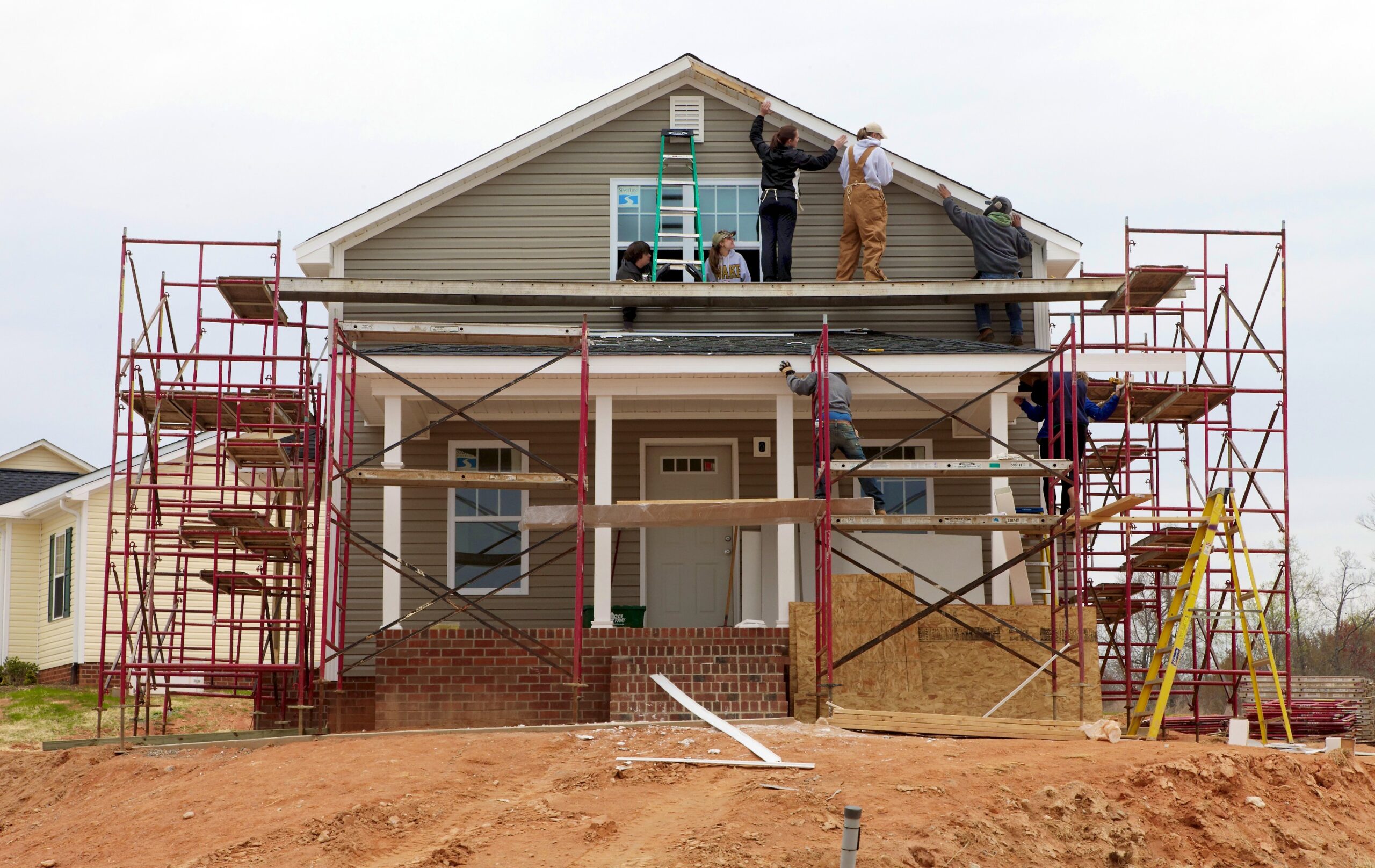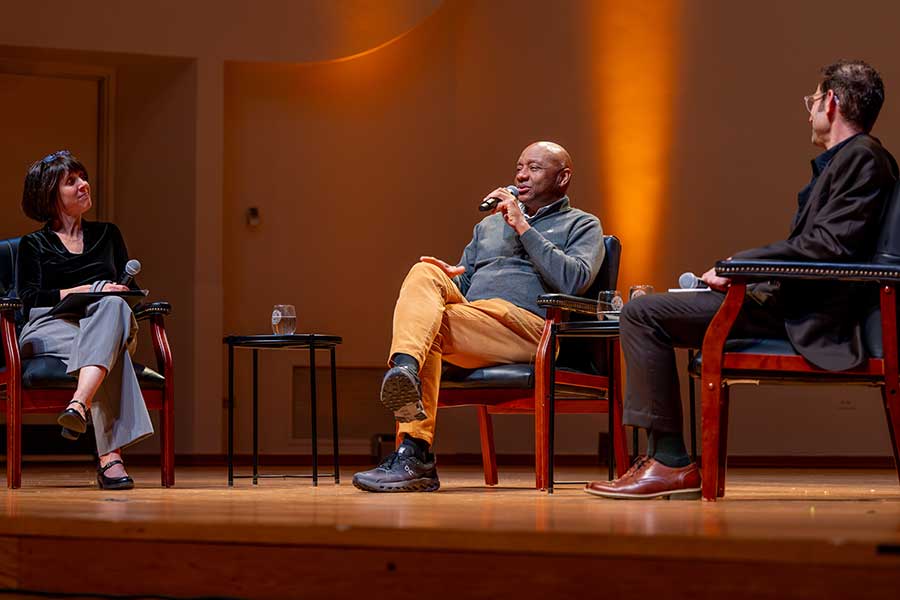Living the American Dream
The home ownership rate has declined for the past five years, and nearly a quarter of homeowners with mortgages owe more on their houses than they are worth.
Despite the grim statistics, home ownership remains at the heart of the American Dream.
“The American Dream is the belief that, in the United States of America, hard work will lead to a better life, financial security and home ownership,” said Margaret Supplee Smith, Harold W. Tribble Professor of Art, who teaches a first-year seminar on the topic.
In the class, Smith, an architectural historian, explores how the collective vision articulated by national leaders from Thomas Jefferson to Barack Obama has survived despite the freefall of the housing market and the lingering shadow of the Great Recession.
From the “The Grapes of Wrath,” to the Christmas movie classic, “It’s a Wonderful Life” to a recent essay by New York Times Columnist David Brooks on how “The American Dream is Changing,” students draw on varied resources to form their own ideas about where home ownership fits in American culture.
Owning a home is a facet of the American Dream embraced by the masses following World War II, Smith said.
“It is a post-war dream that coincides with 18 million veterans coming home,” she said. “It coincides with government subsidized suburbs. No matter what your job — fireman, teacher, factory worker — you could make the payments.”
With class presentations and discussions, the students trace the development of communities such as Levittown, N.Y., built as a planned community between 1947 and 1951 and considered the prototype for post-war suburbs, and Eichler home subdivisions developed in California beginning in the 1950s. The GI bill made it possible to buy a house without a down payment.
The mortgage crisis and increase in foreclosures have changed the conversation since Smith taught the class five years ago when America was at the top of the housing bubble and at the end of a constantly escalating housing market.
Previous classes talked more about “Extreme Home Makeover” and MTV “Cribs” and less about the challenges a shrinking middle class faces in making home ownership a reality, she said.
Students also study planned communities such as Columbia, Md., and Celebration, Fla. They learn about economics and housing statistics in a guest lecture by retired Wake Forest economics professor John Moorhouse. They also explore how race and class can be barriers to home ownership and look at the effect of ethnicity, gender and education.
As part of the class, the students volunteer with Habitat for Humanity and write reflections on their experiences. “My  experience at Habitat for Humanity really humbled me because we were able to serve others and help them achieve their American Dream of owning their own home,” said Annie Eggleston, one of 18 first-year students in the class.
experience at Habitat for Humanity really humbled me because we were able to serve others and help them achieve their American Dream of owning their own home,” said Annie Eggleston, one of 18 first-year students in the class.
“The class has convinced me that home ownership is critical to the American Dream because it is the basis for achieving other successes,” said Sandy Klebous, a first-year student from Maryland. With that perspective, statistics such as the 60 percent drop in new home sales since 2000 have a big impact.
“I hope they can see their place within the American Dream and understand the economic, social and architectural factors,” Smith said.
Categories: Community Impact, Pro Humanitate, Research & Discovery, University Announcements
Media Contact
Wake Forest News
media@wfu.edu
336.758.5237



